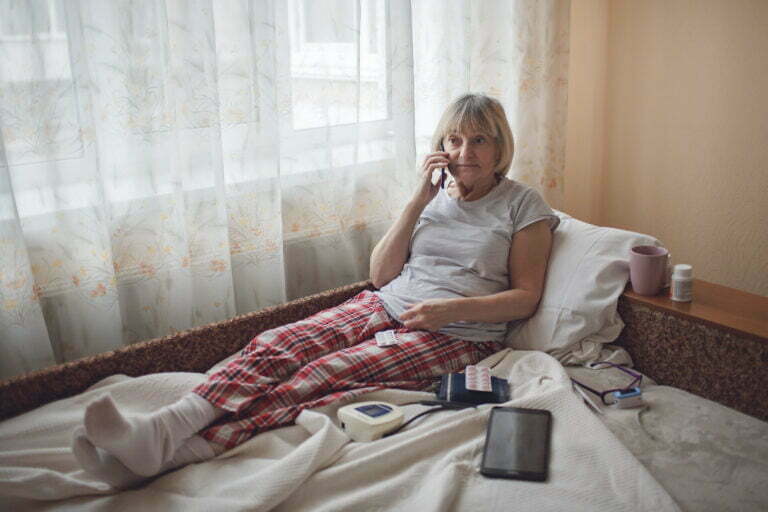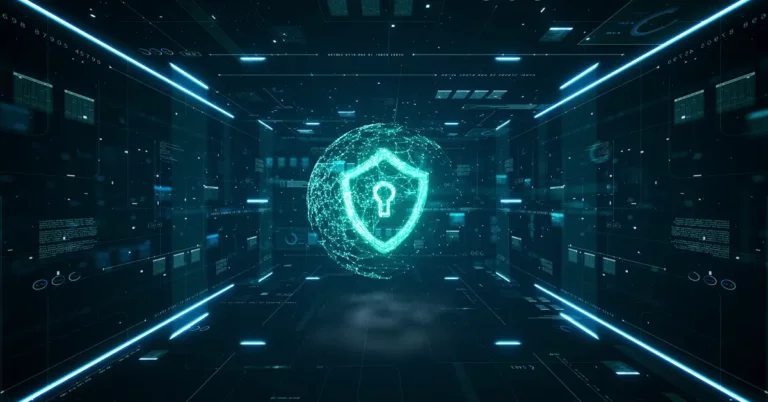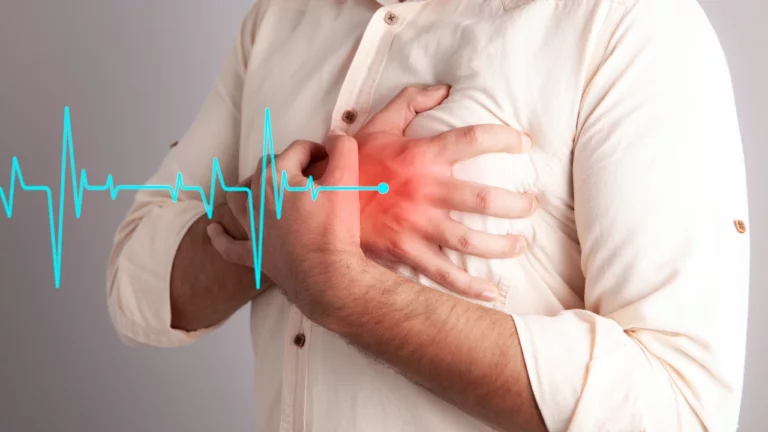According to National Library of Medicine, Low blood pressure, also known as hypotension, or readings lower than 90/60 mm Hg, occurs when the blood pressure in a person’s arteries is too low. It can cause symptoms such as dizziness, fainting, and fatigue. While low blood pressure is not always a cause for concern, it is important to manage it to prevent complications and ensure overall health and well-being.
In this article, we will explore traditional home remedies to increase blood pressure reading and how incorporating remote patient monitoring can enhance its management and treatment.
Causes of Low Blood Pressure
Low blood pressure can be caused by a variety of medical conditions and lifestyle factors. Some common causes include:
- Medical conditions such as heart disease, diabetes, and anemia
- Medications such as blood pressure and heart medications, diuretics, and antidepressants
- Dehydration or a loss of blood volume
- Pregnancy
- Endocrine disorders such as hypothyroidism
- Neurological conditions such as Parkinson’s disease
- Blood loss or trauma
In addition to medical conditions, lifestyle factors can also contribute to lower blood pressure. These include:
- Excessive alcohol consumption
- Excessive weight loss
- Malnutrition
- Lack of physical activity
- Consuming a diet that is low in sodium
It is important to note that an individual’s blood pressure may be naturally low and may not require treatment. However, if low blood pressure is causing symptoms or is the result of an underlying medical condition, it is important to take steps to treat low blood pressure.
Sign and Symptoms of Low Blood Pressure
Low blood pressure can cause a variety of symptoms, which can range from mild to severe. Some of the most common symptoms of low blood pressure include:
- Dizziness: Low blood pressure can cause a decrease in blood flow to the brain, which can cause dizziness or lightheadedness.
- Fainting: Low blood pressure can cause a sudden drop in blood flow to the brain, which can result in fainting or syncope.
- Fatigue: Low blood pressure can cause a decrease in blood flow to the body’s organs, which can result in fatigue and lack of energy.
- Nausea: Low blood pressure can cause a decrease in blood flow to the stomach, which can result in nausea or vomiting.
- Blurred vision: Low blood pressure can cause a decrease in blood flow to the eyes, which can result in blurred vision.
- Cold, clammy, or pale skin: Low blood pressure can cause a decrease in blood flow to the skin, which can result in cold, clammy, or pale skin.
- Rapid, shallow breathing: Low blood pressure can cause a decrease in blood flow to the lungs, which can result in rapid, shallow breathing.
- Rapid, weak pulse: Low blood pressure can cause a decrease in blood flow to the heart, which can result in a rapid, weak pulse.
It’s important to note that not all individuals with low blood pressure will experience symptoms, and that some individuals may have a naturally low blood pressure and may not require treatment. However, if low blood pressure is causing symptoms or is the result of an underlying medical condition, it is important to take steps to manage it.
Natural Home Remedies for Low Blood Pressure
Traditionally, there are several home remedies that can be used to help raise low blood pressure levels. Some of the most popular home remedies include:
- Increasing fluid and salt intake: Consuming more fluids, particularly water, and increasing salt intake can help increase blood volume and raise blood pressure.
- Compression stockings: Wearing compression stockings can help to improve blood flow and prevent blood from pooling in the legs, which can help to raise blood pressure.
- Caffeinated beverages: Consuming caffeine can help to temporarily raise blood pressure by constricting blood vessels and increasing heart rate.
- Other natural remedies: Some natural remedies, such as ginger and licorice root, have been found to help raise blood pressure. However, these remedies should be used with caution, as they can also have side effects and may interact with medications.
It is important to note that these home remedies should be used in conjunction with a comprehensive treatment plan that is tailored to an individual’s specific needs and supervised by a healthcare professional.
Remote Patient Monitoring for Hypotension
Remote patient monitoring is a technology that allows healthcare providers to remotely track and monitor a patient’s health status and treatment progress. This technology can be particularly useful for managing low blood pressure.
With remote patient monitoring, healthcare providers can track a patient’s blood pressure levels and other vital signs in real-time. This allows them to quickly identify any changes in blood pressure and make any necessary adjustments to the patient’s treatment plan. For example, if a patient’s blood pressure is found to be low, a healthcare provider can adjust the patient’s medication dosage or recommend an increase in fluid or salt intake.
Additionally, remote patient monitoring allows patients to take more control of their own health by providing them with tools and resources to manage their blood pressure levels at home. They can also communicate with their healthcare provider and report any symptoms or changes in their condition.
How to Raise Low Blood Pressure and Maintain It
Managing low blood pressure requires a combination of lifestyle changes, medications, and home remedies. Here are some tips for raising and maintaining blood pressure:
- Increase fluid and salt intake: Consuming more fluids and increasing salt intake can help to increase blood volume and raise blood pressure.
- Wear compression stockings: Wearing compression stockings can help to improve blood flow and prevent blood from pooling in the legs, which can help to raise blood pressure.
- Avoid prolonged bed rest or standing: Prolonged bed rest or standing can cause blood to pool in the legs, which can lower blood pressure.
- Exercise regularly: Regular exercise can help to improve circulation and raise blood pressure.
- Avoid alcohol and caffeine: Excessive alcohol and caffeine consumption can lower blood pressure.
- Maintain a healthy weight: Being overweight or underweight can affect blood pressure levels.
- Manage stress: Stress can lower blood pressure, so it’s important to find ways to manage stress and maintain a healthy lifestyle.
- Take medication as prescribed: If you are prescribed medication for low blood pressure, it’s important to take it as directed and follow up with your healthcare provider regularly to monitor its effectiveness.
It’s also important to have regular check-ups with your healthcare provider to monitor your blood pressure levels and make any necessary adjustments to your treatment plan. With the right approach, you can effectively raise and maintain healthy blood pressure levels.
The Future of Low Blood Pressure Management: DrKumo’s Remote Patient Monitoring Technology
DrKumo‘s Remote Patient Monitoring (RPM) technology is revolutionizing the way low blood pressure is managed by enabling patients to monitor their health conditions in the comfort of their homes while providing healthcare providers with real-time intelligence for timely intervention. The technology is user-friendly, HIPAA-compliant, mobile-enabled, and powered by an AI/ML engine that continuously monitors patients’ health conditions in real-time.
With DrKumo’s RPM technology, patients are enabled to take control of their own health, and healthcare providers are able to provide remote patient monitoring services to their patients. This allows healthcare providers to remotely monitor the health conditions of their patients at home, and intervene if necessary. The technology also allows healthcare providers to improve patient outcomes by providing real-time intelligence and tracking patients’ health conditions over time.
Takeaways
Remote patient monitoring technology is revolutionizing the way low blood pressure is managed by enabling patients to monitor their health conditions in the comfort of their homes while providing healthcare providers with real-time intelligence for timely intervention.
With remote patient monitoring technology, patients are enabled to take control of their own health, and healthcare providers are able to provide remote patient monitoring services to their patients. This allows healthcare providers to remotely monitor the health conditions of their patients at home, and intervene if necessary. The technology also allows healthcare providers to improve patient outcomes by providing real-time intelligence and tracking patients’ health conditions over time.
The future of low blood pressure management is now changing with the advent of remote patient monitoring technology. It is innovative, collaborative, and technology-driven, and it provides the most effective solutions to both patients and healthcare providers. This allows the healthcare providers to remotely monitor the health conditions of their patients at home.
If you are a patient looking to manage low blood pressure using RPM, contact DrKumo now.








